What Is a Temple Hair Transplant?
A temple hair transplant is a modern and specialized procedure designed to restore hair density and confidence in the temple region. The temples, located on both sides of the forehead, are often the first areas to experience hair loss due to male pattern baldness (androgenetic alopecia) or female pattern hair thinning.
During the procedure, healthy hair follicles are harvested from the donor area (usually the back or sides of the scalp) and transplanted into the temple region. These transplanted hairs grow naturally over time, creating a fuller, more youthful hairline that enhances facial aesthetics and boosts self-confidence.
Steps of a Temple Hair Transplant
1. Consultation and Evaluation
Before surgery, a hair restoration specialist will assess your hair loss pattern, scalp health, and medical history. They will also determine whether you are a good candidate and set realistic expectations about the outcome.
2. Harvesting Donor Hair
Healthy follicles are extracted from the donor site, typically the back or sides of the scalp, as these areas are more resistant to hair loss.
3. Transplantation
Tiny incisions are made in the temple region, and the harvested follicles are carefully implanted. The angle, density, and direction of the transplanted hairs are adjusted to replicate natural hair growth patterns, ensuring a seamless blend with the existing hairline.
4. Aftercare Instructions
Following the procedure, patients receive detailed aftercare guidelines, including how to wash the scalp, which medications to take to prevent infection, and lifestyle tips to protect the newly transplanted grafts.
Temple Hair Transplant for Women
A female temple hair transplant is an effective option for women experiencing temporal alopecia (thinning at the temples). The process involves harvesting follicles from a donor site—usually the back of the scalp—and implanting them into the temples to restore density and a youthful hairline.
When performed by an experienced surgeon, this method is safe and effective. However, not all women with temporal hair thinning are ideal candidates. A thorough scalp and hairline evaluation is essential before proceeding with surgery.
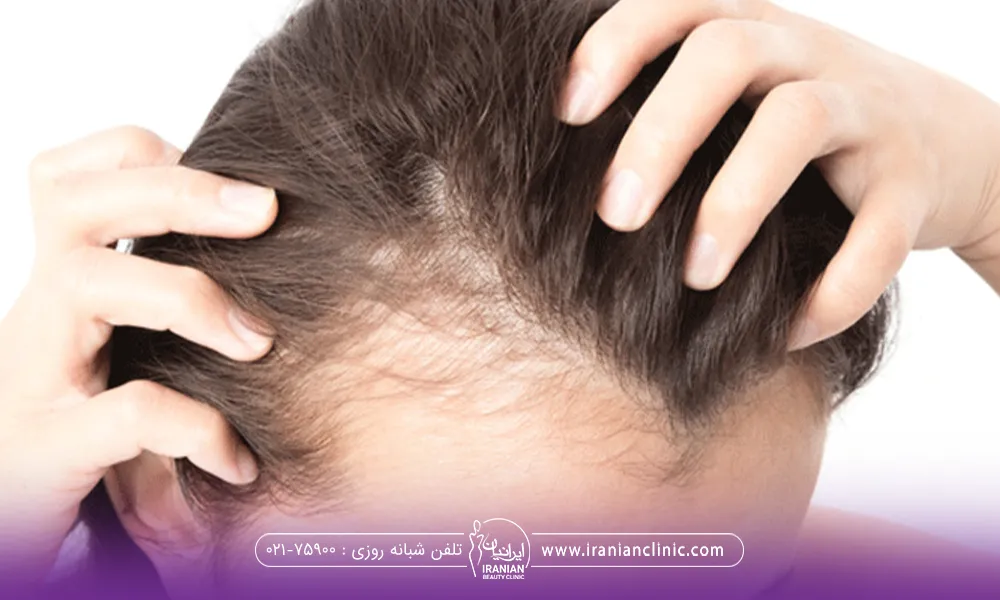
How Much Does a Temple Hair Transplant Cost?
The cost of a temple hair transplant varies depending on several key factors:
1. Size of the Area and Desired Density
The larger the temple area and the higher the density required, the more grafts will be needed. Since pricing is often calculated per graft, this directly increases the overall cost.
2. Method of Hair Transplant
The chosen technique significantly affects the price:
-
FUT (Follicular Unit Transplantation): Usually less expensive but may leave a linear scar.
-
FUE (Follicular Unit Extraction): More precise, minimally invasive, and creates natural results, but generally costs more due to the time and expertise required.
-
Advanced Methods (SUT, DHI, MicroFIT): Provide higher precision and faster recovery, often at premium prices.
3. Other Factors Influencing the Price
-
Clinic Location & Facilities: Clinics in major cities or with advanced technology may charge more.
-
Surgeon’s Expertise & Reputation: Experienced surgeons with proven results typically have higher fees.
-
Additional Services: Post-transplant care, follow-up consultations, and support packages may increase the final cost.
💰 On average, temple hair transplant costs range between $1,000 and $3,500 depending on grafts and technique, but prices vary worldwide.
Causes of Temple Hair Loss
Temple hair thinning is often the first visible sign of hair loss. It can result from:
-
Genetics & Heredity: The most common factor, especially in male pattern baldness.
-
Aging: Hair follicles naturally weaken with age.
-
Hormonal Changes: Fluctuations in androgens can accelerate temple hair recession.
-
Lifestyle Factors: Stress, poor diet, and lack of sleep contribute to early thinning.
-
Underlying Conditions: In some cases, scalp infections or autoimmune issues may trigger temple hair loss.
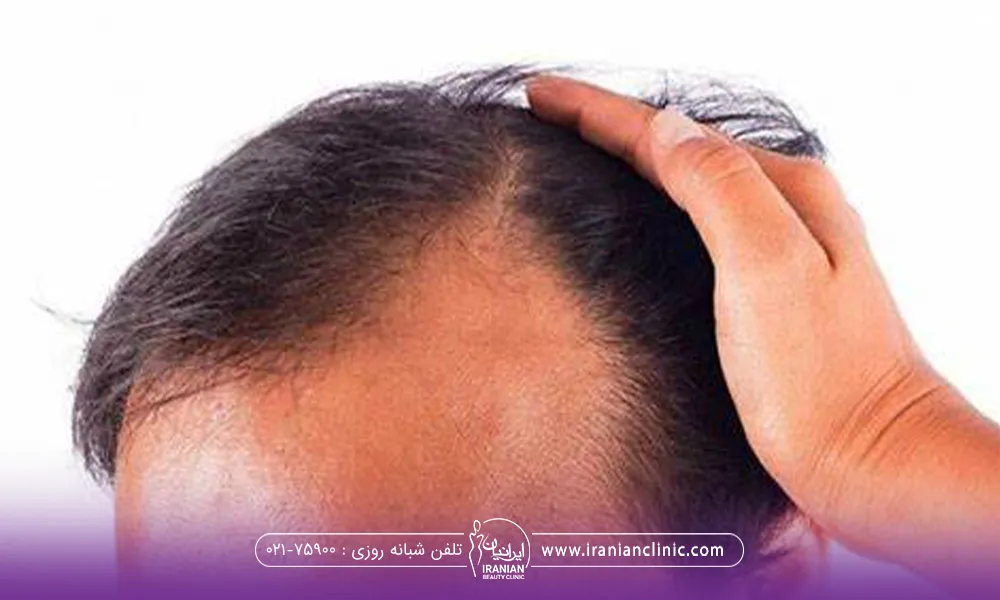
Androgenetic Alopecia and Temple Hair Loss
Androgenetic alopecia, also known as pattern baldness, is one of the most common types of hair loss in both men and women. It frequently affects the temple area, making it one of the earliest signs of balding.
Male Pattern Baldness
In men, hair loss is typically referred to as male pattern baldness. It often begins at the temples, creating a receding hairline that gradually extends across the scalp. This leads to the formation of an “M-shaped” hairline, which may progress to partial or extensive baldness. While this condition is often associated with aging, other factors such as genetics and hormonal imbalances can accelerate the process.
Female Pattern Hair Loss
Female pattern hair loss is a form of androgenetic alopecia in women. It usually presents as diffuse thinning, particularly at the crown of the scalp, but temple hair loss may also occur. Genetics play a significant role, and the condition is more common in postmenopausal women. Temple hair transplants are often considered a solution for women with noticeable temporal thinning.
Telogen Effluvium and Temple Hair Loss
Telogen effluvium is a hair shedding disorder that can lead to thinning at the temples and crown. Normally, hair follicles go through growth and resting phases, but in this condition, too many follicles enter the resting phase prematurely. As a result, new hair fails to replace the shedding strands. Causes include stress, medical conditions, or sudden lifestyle changes.
Polycystic Ovary Syndrome (PCOS) and Temple Hair Loss
PCOS (Polycystic Ovary Syndrome) is a common hormonal disorder in women that disrupts estrogen-androgen balance, leading to symptoms such as hair thinning or temple hair loss. According to research (2003), PCOS-related alopecia can manifest as:
-
Hair loss at both temples
-
Thinning at the crown
-
Overall reduced hair density across the scalp
Nutritional Deficiencies and Temple Hair Loss
Lack of essential nutrients can trigger hair loss at the temples. Common deficiencies linked to thinning hair include:
-
Protein
-
Biotin (Vitamin B7)
-
Iron
-
Zinc
Doctors may recommend blood tests to identify these deficiencies and provide targeted supplementation.
Traction Alopecia
Traction alopecia results from repeated tension on hair follicles caused by tight hairstyles such as ponytails, braids, or buns. The constant pulling weakens and eventually damages follicles, often leading to temple hair loss. Fortunately, when the tension is relieved early, the hair growth cycle can return to normal.
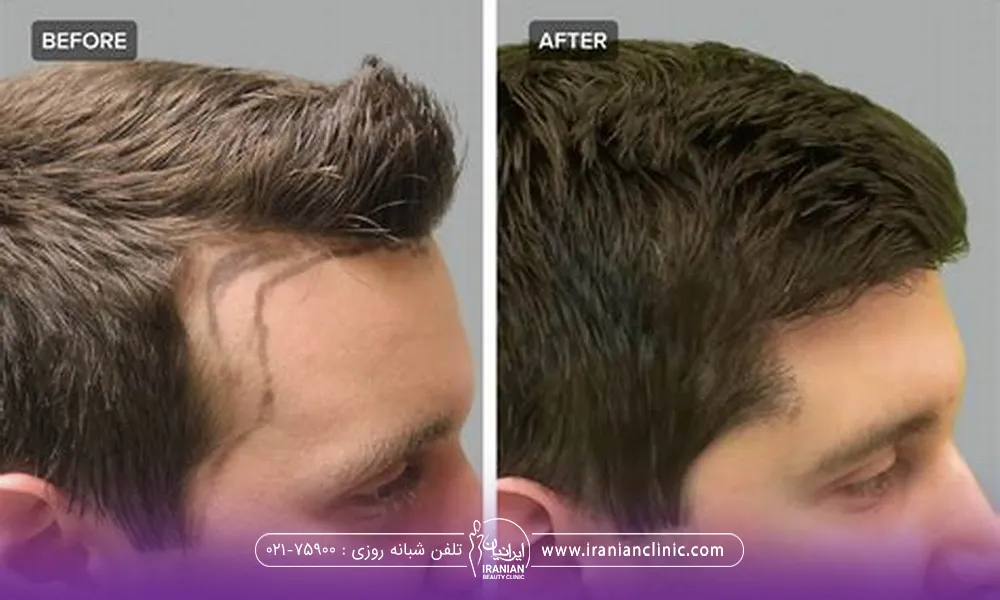
Aftercare for Temple Hair Transplant
Proper aftercare is essential for achieving the best results after a temple hair transplant. Following your surgeon’s instructions helps ensure quick healing and long-term hair growth. Here are the most important post-operative care tips:
-
Get enough rest: Avoid strenuous activities in the first few days after surgery.
-
Take prescribed medications: Use antibiotics, anti-inflammatories, and pain relievers as directed to reduce swelling and prevent infection.
-
Do not touch or scratch the scalp: Protect the grafts from dislodging during the initial healing phase.
-
Protect your scalp from the sun: Avoid direct sunlight and heat exposure for at least two weeks. Use a hat or umbrella if going outside.
-
Avoid alcohol and smoking: Refrain from alcohol and cigarettes for at least two weeks, as they slow down healing and increase complication risks.
-
Sleep in the right position: Keep your head elevated during the first few nights to reduce swelling.
-
Gentle hair washing: Start washing your scalp from day three with mild shampoo and lukewarm water. Avoid rubbing or scratching.
-
Avoid styling products: Do not use gel, spray, or blow dryers in the first two weeks.
-
Attend follow-up appointments: Regular check-ups allow your doctor to monitor healing and graft survival.
By carefully following these steps, most patients notice new hair growth within a few months, with full results becoming visible within 9–12 months.
Methods of Temple Hair Transplant
There are two primary techniques for restoring hair in the temple area:
1. Follicular Unit Transplantation (FUT) – Strip Method
-
A strip of scalp is removed from the donor area (usually the back of the head).
-
The strip is divided into individual follicular units.
-
Small incisions are made in the temples, and grafts are implanted.
-
More invasive, but ideal when a large number of grafts is required.
2. Follicular Unit Extraction (FUE)
-
Follicles are harvested one by one from the donor area using a micro-punch tool.
-
Tiny incisions are created in the temples, and grafts are placed.
-
Less invasive, leaves minimal scarring, and has a shorter recovery period.
-
Suitable for patients who want to avoid linear scars from strip harvesting.
👉 Both FUT and FUE can deliver natural-looking temple restoration. The choice depends on your individual needs, donor hair quality, and your surgeon’s recommendation.
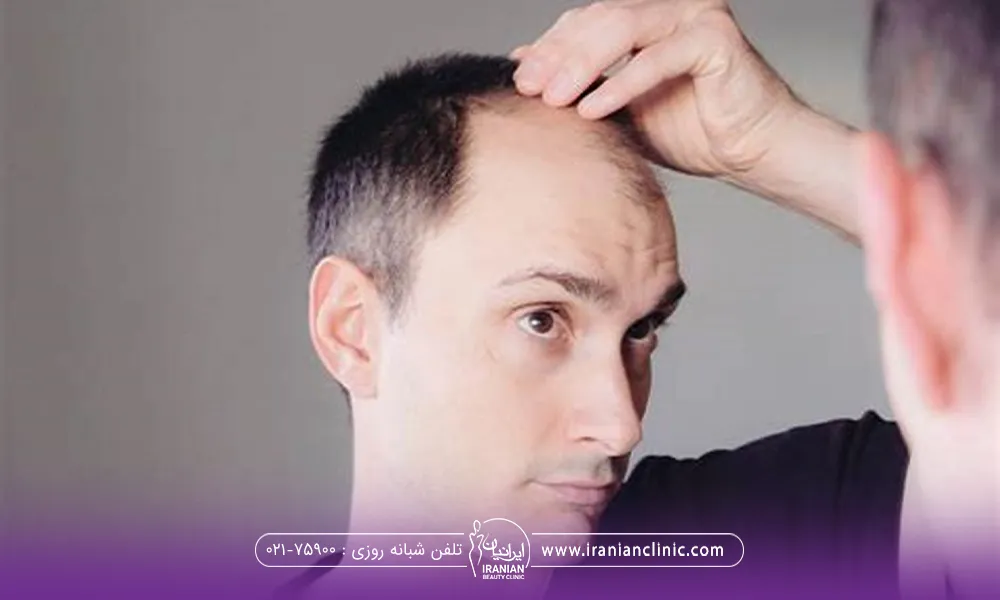
Side Effects of Temple Hair Transplant
Like all hair restoration procedures, a temple hair transplant may involve certain risks and side effects. Most are temporary and manageable, especially when performed by an experienced surgeon. Common side effects include:
-
Bleeding: Minor bleeding can occur during the procedure, usually controlled by the surgeon.
-
Swelling: Post-operative swelling in the temple area is common but subsides within a few days with medication.
-
Scarring: Both donor and recipient areas may develop scars, though choosing a skilled surgeon greatly reduces this risk.
-
Shock Loss: Some transplanted or existing hairs may shed temporarily. This is normal, and regrowth typically begins after a few months.
-
Numbness or Tingling: Temporary numbness or tingling in the temple region may occur, usually resolving within weeks.
-
Keloid Formation: In rare cases, individuals prone to keloids may develop raised scars.
👉 Proper aftercare and following medical advice play a crucial role in minimizing these risks and ensuring successful results.
Who Is a Good Candidate for Temple Hair Transplant?
Not everyone is an ideal candidate for temple hair restoration. Factors that determine candidacy include:
-
Sufficient Donor Hair: Adequate hair must be available in the donor area (usually the back of the scalp).
-
Stable Hair Loss: Candidates should have stabilized hair loss that hasn’t rapidly progressed in recent years.
-
Good General Health: Patients must be free from serious medical conditions that may interfere with healing.
-
Realistic Expectations: Results should align with natural hair density and facial harmony.
-
Ideal Age Range: Typically, ages 25–60 are considered best for temple hair transplants.
-
Specific Hair Loss Pattern: This method is especially effective for individuals experiencing temporal recession or thinning at the temples.
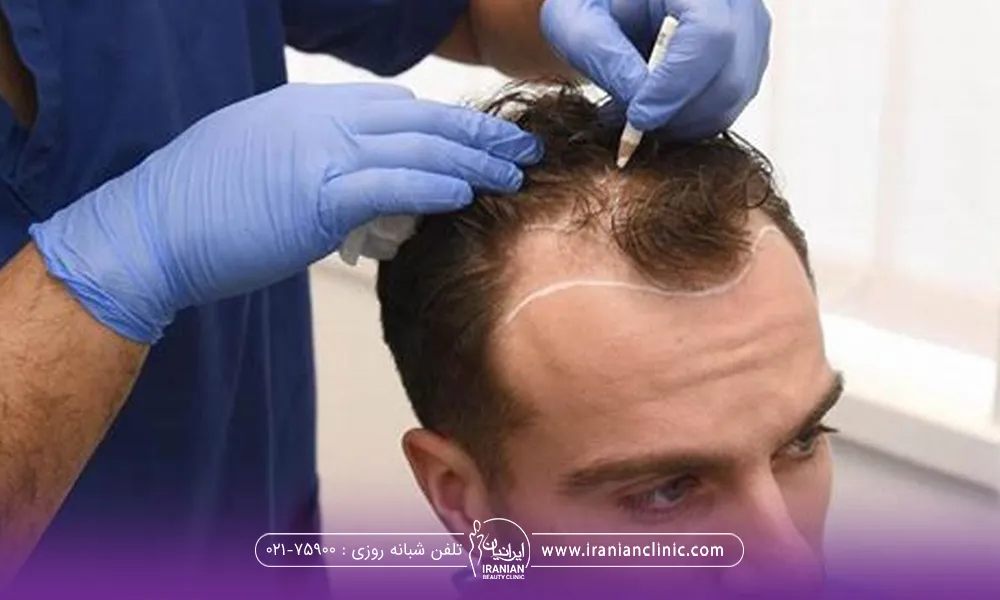
How Long Does a Temple Hair Transplant Last?
One of the most common questions patients ask is: “Is a temple hair transplant permanent?”
✅ The good news is that transplanted hair follicles taken from the donor area (usually the back or sides of the scalp) are genetically resistant to balding. Once implanted in the temple region, they typically continue to grow for a lifetime, just like natural hair.
However, several factors can influence the longevity of temple hair transplant results:
-
Surgical Technique & Skill: Proper angle, direction, and placement of grafts by an experienced surgeon ensure natural, long-lasting growth.
-
Donor Hair Quality: Strong, healthy follicles provide better survival rates and durability.
-
Post-Operative Care: Following aftercare instructions reduces shock loss and increases graft survival.
-
Patient’s Overall Health: Conditions such as hormonal imbalances, nutritional deficiencies, or scalp diseases can affect long-term results.
-
Progression of Natural Hair Loss: While transplanted hair is permanent, surrounding non-transplanted hair may continue to thin, which sometimes requires touch-up sessions in the future.
👉 In most cases, temple hair transplants are permanent, and results can last a lifetime. Full growth is typically visible after 9–12 months, with ongoing improvements in density and texture.


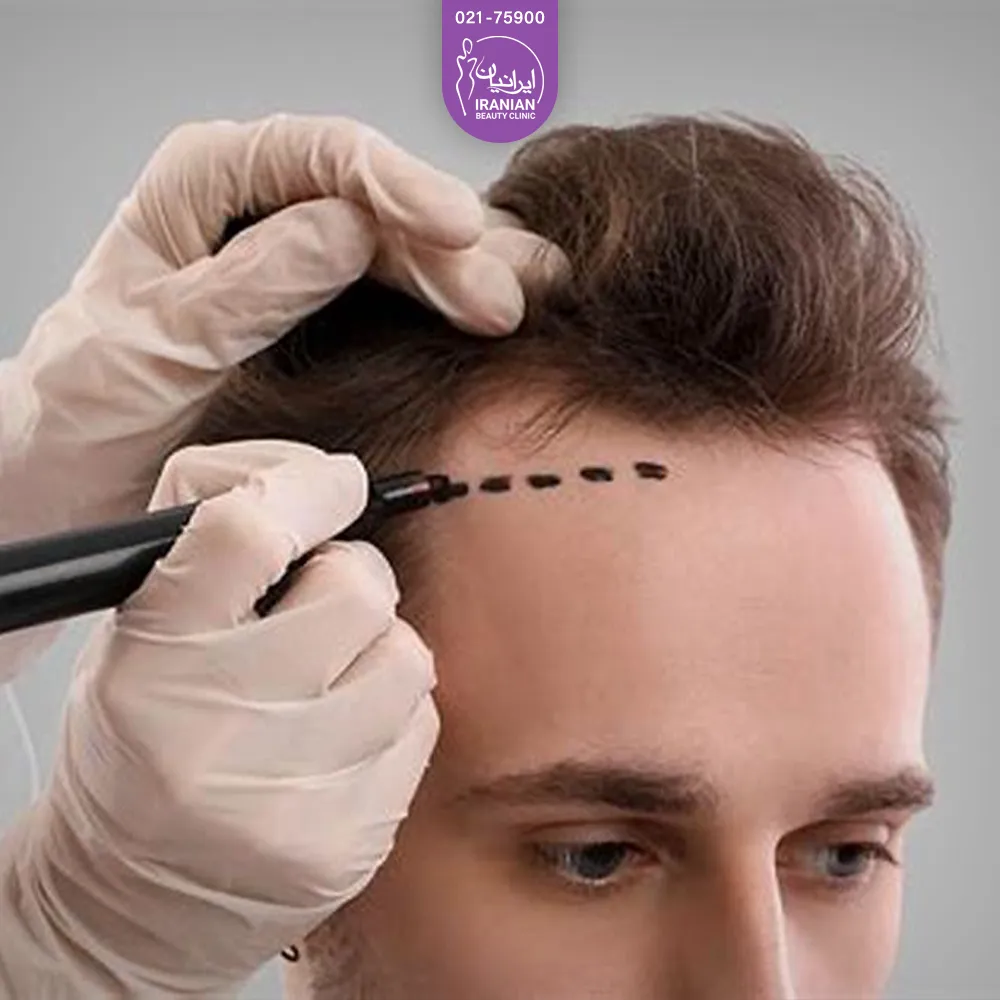






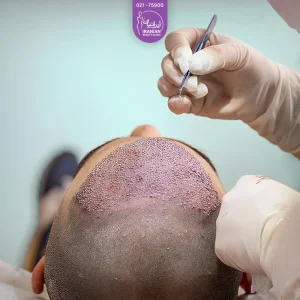

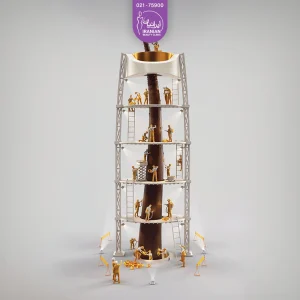
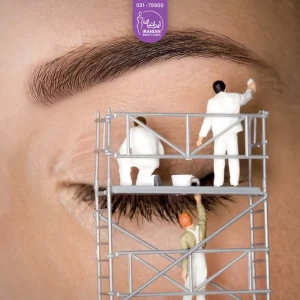

 Quanta Creative Agency
Quanta Creative Agency 